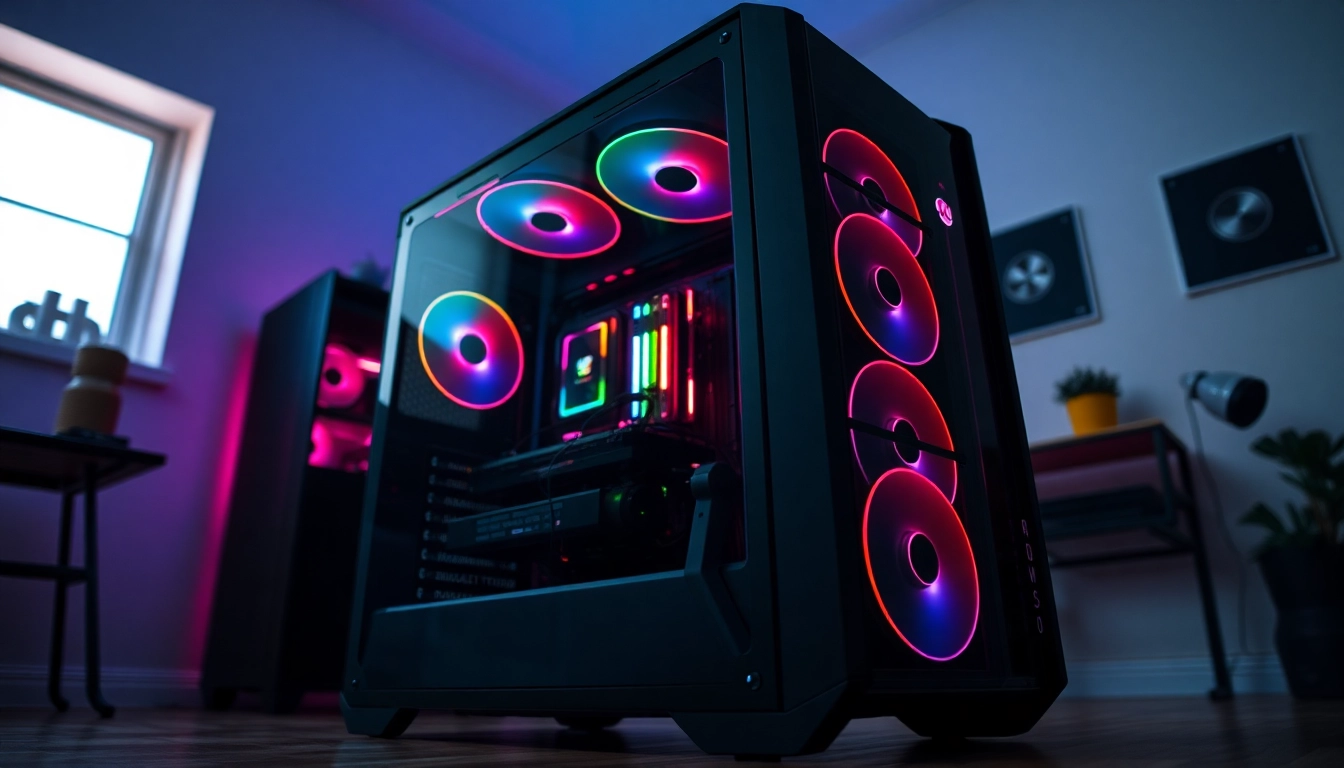Understanding Computer Service: Basics and Beyond
In an age where technology thrives, the reliability of personal and professional devices hinges on the quality of the computer service you receive. This article aims to delve deep into the fundamental concepts of computer service, covering everything from the types of services offered to identifying when your system requires attention.
What is Computer Service?
Computer service encompasses a range of support and maintenance tasks aimed at ensuring computers, laptops, and tablets operate smoothly. This broad definition includes troubleshooting technical issues, performing hardware repairs, software updates, data recovery, and providing ongoing maintenance to prevent future problems.
Common Types of Computer Services Offered
- Hardware Repair: This involves fixing or replacing physical components such as hard drives, RAM, and motherboards.
- Software Installation and Updates: Ensuring the latest software versions and security updates are installed for optimal performance.
- Virus and Malware Removal: Cleaning systems infected with malicious software to restore functionality and protect user data.
- Data Recovery: Techniques employed to recover lost, corrupted, or inaccessible data from storage devices.
- System Performance Enhancements: Services aimed at optimizing computer speed and efficiency through various tuning methodologies.
- Network Setup and Troubleshooting: Assistance with configuring home or office network connections.
Importance of Regular Computer Services
Regular computer services are paramount for several reasons. They minimize the likelihood of unexpected breakdowns, enhance system performance, and extend the overall lifespan of devices. Moreover, routine check-ups facilitate early identification of issues that could develop into significant complications if left unaddressed.
Identifying When You Need Computer Service
Signs Your Computer Requires Service
There are various indicators that a computer requires service, such as:
- Unusual Sounds: Grinding or clicking noises can signify hardware issues.
- Frequent Crashes: Regular shutdowns or restarts often point to underlying problems.
- Slow Performance: A noticeable lag in processing can indicate a need for optimization or a hardware upgrade.
- Software Errors: Frequent application crashes or error messages may signal software malfunctions or require updates.
How to Assess Computer Performance Issues
To evaluate performance, consider utilizing various diagnostic tools available online or built into the operating system. These tools can identify bottlenecks, memory usage, and CPU load. Additionally, monitoring for specific behaviors, such as excessive heat or prolonged boot times, can help narrow down the exact issues your system faces.
Common Myths About Computer Service
Several misconceptions exist around computer service:
- Computer Service is Only for Major Issues: Preventative services can save costs and effort compared to waiting for major malfunctions.
- New Computers Don’t Need Maintenance: New systems also require regular software updates and security checks.
- DIY Fixes are Always Sufficient: While some issues can be resolved without professional help, complex problems may require expert assistance to avoid further damage.
Choosing the Right Computer Service Provider
What to Look for in a Computer Service Provider
Selecting a service provider is crucial for ensuring high-quality support. Look for credentials, customer testimonials, and the range of services offered. A reputable provider should also offer guarantees on their work and have a clear understanding of current technologies.
Questions to Ask Before Engaging Services
- What qualifications do your technicians have?
- Can you provide references from past clients?
- What is the expected turnaround time for repairs?
- Do you offer a service warranty?
- How do you handle customer data and privacy?
Comparing Different Computer Service Options
When evaluating options, consider both local and remote service providers. Local services may offer hands-on repair options, while remote support can provide quick assistance for less critical issues. Assess service cost, response time, and customer feedback before making a decision.
Best Practices for Maintaining Your Computer
Regular Maintenance Tips
Consistent maintenance can prevent most issues:
- Conduct Regular Backups: Ensure that data is regularly backed up using reliable channels such as cloud services or external storage.
- Perform System Cleanups: Remove unnecessary files and applications that may slow performance.
- Keep Software Updated: Regularly update your operating system and applications to patch vulnerabilities and improve performance.
Preventive Measures to Avoid Common Issues
In addition to regular maintenance, consider preventive measures such as using anti-virus software, avoiding suspicious downloads, and ensuring adequate ventilation for hardware components to prevent overheating.
How Often Should You Schedule Computer Service?
The frequency of scheduled services depends on usage patterns. For regular users, an annual maintenance check is beneficial, while heavy users, such as gamers or graphic designers, may require semi-annual reviews. Monitoring performance symptoms can also cue when additional services are necessary.
The Future of Computer Service: Trends and Innovations
Emerging Technologies in Computer Service
New advancements in artificial intelligence and machine learning are set to revolutionize computer service. These technologies can automate troubleshooting, predict problems before they occur, and provide tailored advice based on user behavior.
Impact of Remote Services on the Industry
The shift towards remote computer service has transformed how support is provided. Techs can address issues without being physically present, leading to quicker resolutions for many common problems.
Enhancing User Experience in Computer Service
As competition grows, providers are focusing on delivering enhanced user experiences through better customer service, transparent communication, and by utilizing user feedback to refine service offerings. This emphasis on user experience is essential for building long-term customer loyalty.



